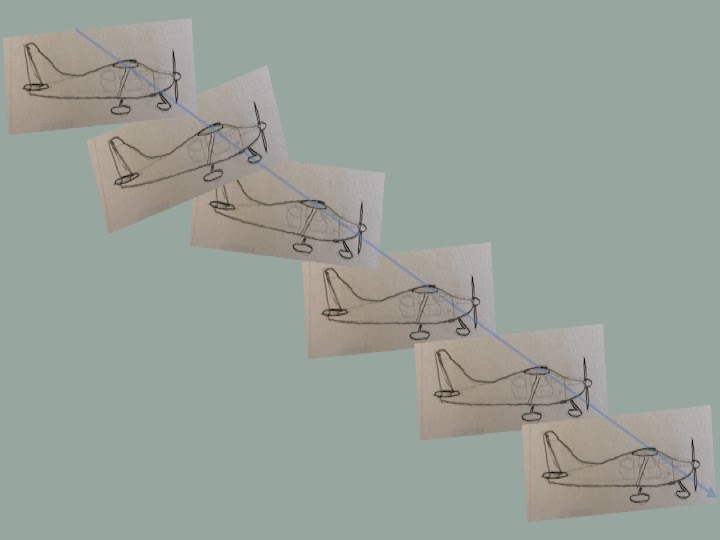
Three different coaching calls with three different firms to address the gridlock on their cross-functional teams. Although each of their circumstances are unique, all three teams are wrestling with the same root cause and a hidden pattern that might be affecting your team as well.
Teams are exhausted coming into 2021. For leaders who are used to having long-range plans, the pandemic-driven quarterly reset has been hard. Unsurprisingly, what I’ve been hearing back on Zoom is that leaders in firms are feeling generally untethered and chaotic.
Certainly, a portion of this is due to shifting markets, the isolation effect of working remotely, and the challenges associated with global disruption to supply chains.
And yet, there is another cause that can show itself in even the best firms.
The reason is that it is fueled by something that in many cases is a positive attribute: fast and focused action.
Hold Steady
There is a zone where a high-performance team may take action more quickly than they receive feedback. This can lead to getting into an exhausting cycle of making changes and over functioning.
How do you know you’ve entered this space?
Here’s an analogy: as a fresh instrument pilot, my veteran flight instructor shared a tip with me for turbulent days when I’m fighting the controls to stay on track: when passing into the early portion of the approach descent, take a moment to allow the airplane to stabilize itself by temporarily “freezing” the yoke. This means that rather than responding to every ripple, you need to hold still to allow things to settle out.
The result? In several cases, I’ve found that I was the cause of most of the turbulence.
In business, we are conditioned to identify a need, convene a team, project a root cause, and take action. We all leave the conference room with the sense that the problem is apprehended and move on to the next item.
Days later we realize that the results we were looking for have not appeared, and in response, convene another planning session. We (re)drill into the same data and come up with several fresh items which we put in place, as well.
The implementers of these actions start to wonder why they have to make these changes when the first round was ineffective, and tension begins to build. Unfortunately, this puts the operations leaders in a position where they begin to wonder if the problem-solving team really has a handle on what’s going on.
Not uncommonly, about the time cross-team tensions are high, things (seemingly magically) start to get better. Only then do we see that we were on track with the first actions.
Slowly, it dawns on both groups that they needed to allow enough time for true feedback to emerge.
Why does this happen?
The truth is that the problem and the results appear decoupled from one another due to the inertia in the system. Think of the dragon rocket launches: once ignition has taken place, it takes several seconds before the rocket begins its upward climb.
The Action / No Action Paradox
Our businesses are similar, large complex groupings of people, processes, and machinery that have a time lag between the application of action and the change in results.
When you do the work to put the action in place, be sure to talk through the expectations, and specifically, look at when you would expect to see improvements. Now for the hard part: commit to no additional action until the system has stabilized at the new normal.
Diagnostics
I help leaders find, form and execute with cross-functional teams in complex organizations. If you’d like some support to find and solve a feedback loop in your team or organization, please contact me at scott@scottpropp.com or put a meeting on the books with this link.
Related Posts…

